Category: News
-

Beginning Again in Rome
Campus Life Update On Sunday, May 18, students had a once-in-a-lifetime experience, attending the inaugural Mass of Pope Leo XIV. Although an estimated 200,000 people attended the Mass, some CatholicTech members got remarkably close to the pope as he was driven through the crowd. Pope Leo gave a simple but beautiful command during his homily: “Let us…
-

A Blue Red Planet
Two students at the University of Texas, Austin, recently co-authored a paper that provides crucial analytical tools for understanding the planet Mars, tools which not only help us better understand the cosmos, but also have repercussions for future missions to the red planet. Mars is an arid wasteland, a great red desert. Geographical evidence, however, indicates…
-
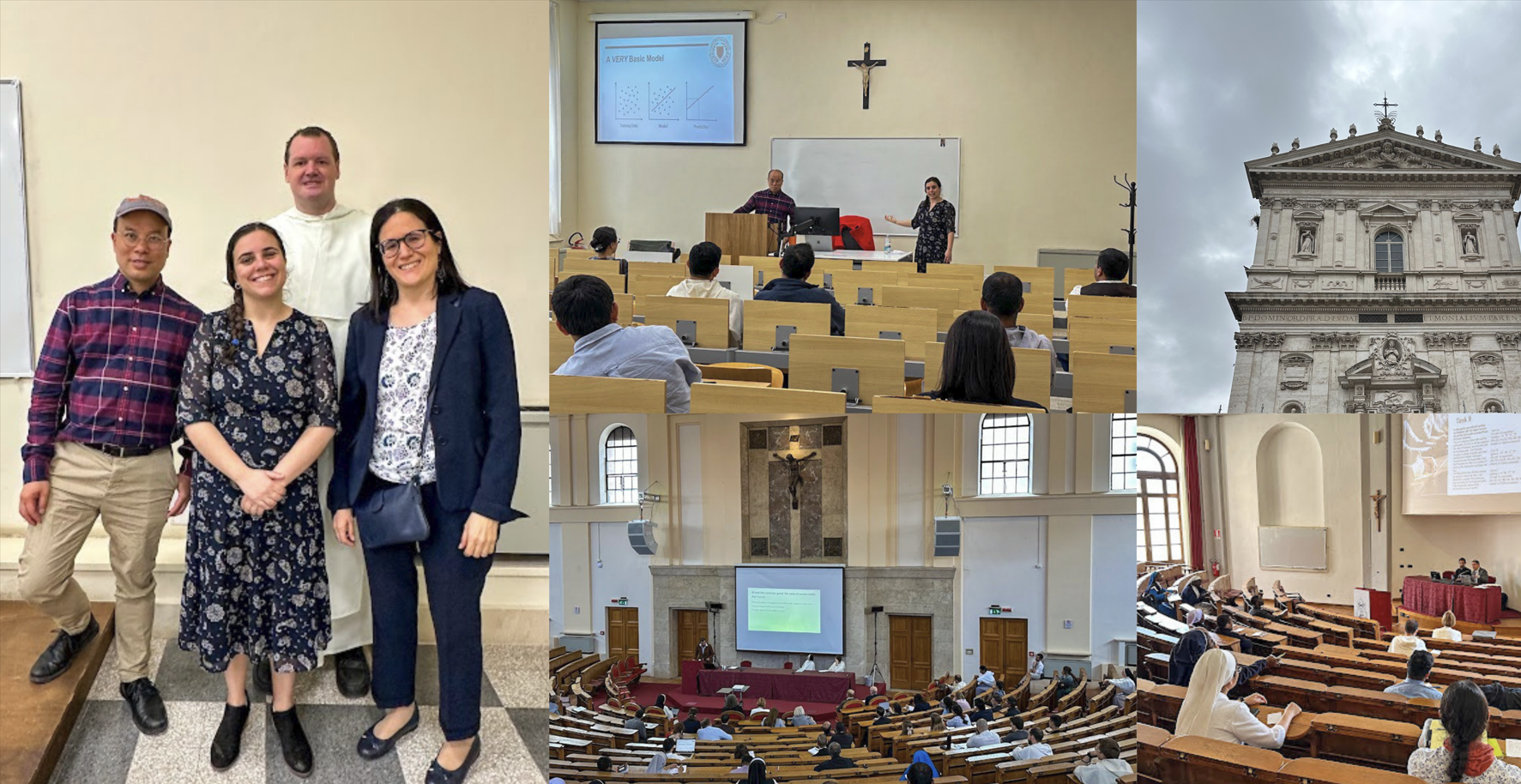
Angelicum + CatholicTech co-sponsor Conference on AI and the the Common Good
As Pope Leo XIV laid out his vision for the papacy in his inaugural address to the College of Cardinals, he also revealed why he chose the name “Leo”—and artificial intelligence played a central role. “I chose to take the name Leo XIV,” he said, “mainly because Pope Leo XIII, in his historic Encyclical Rerum…
-
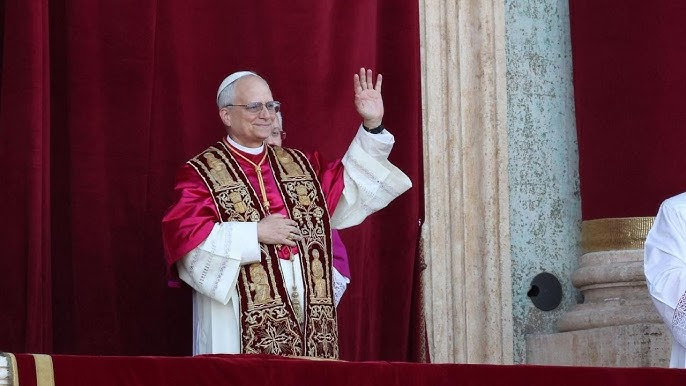
Habemus Papam!
A Great Gift From God Habemus Papam! We have a pope! The papal election, which the Church and the world have been watching with bated breath, has been concluded, and the seat is no longer vacant. Pope Leo XIV greeted his flock for the first time yesterday afternoon, and the thousands of Catholics in Saint Peter’s Square received…
-
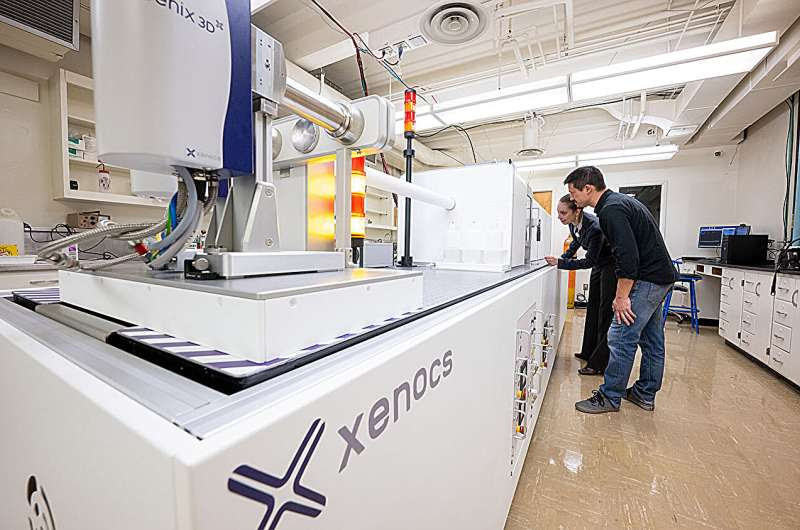
Medium and Message
A scientific breakthrough was made this week in the information storage field with the invention of a new complex material. Composed of zinc telluride, a semiconductor, and ethylenediamine, an organic compound, the material could be used to produce advanced versions of “phase change memory systems” (PCM), information storage devices that use a substance’s atomic structure to…
-
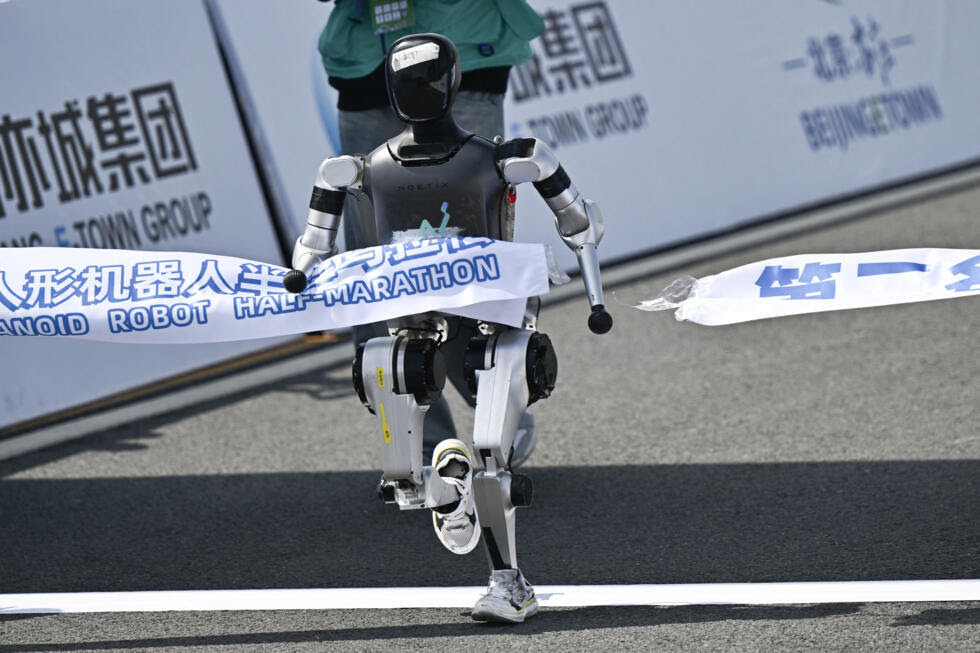
Robot Runners
More than 20 humanoid robots ran a half-marathon this week, competing against not only each other, but also human participants. While the robots were defeated, the event has been advertised as evidence of great progress in robotics technology, and a stepping stone for future advancements. The event was hosted in Beijing, China, and was billed as the…
-

The Science of the Heart
Born in 1638, Nicolas Steno was first a scientist, and then a convert, and finally a priest. In 1988, he was beatified by Pope Saint John Paul II. Steno’s accomplishments are numerous, from the foundation of the sciences of stratigraphy and geology to his Counter-Reformation evangelization among the Protestant friends of his youth. Blessed Nicolas…
-

Return of the Dire Wolf
Controversy overtook the world of science this week when biotechnology company Colossal Biosciences claimed to have successfully “de-extincted” the dire wolf, a prehistoric species of canine that has been extinct for over 10,000 years. While the company did in fact produce two wolves with many features similar to the ancient animal, scientists outside the company have argued that…
-
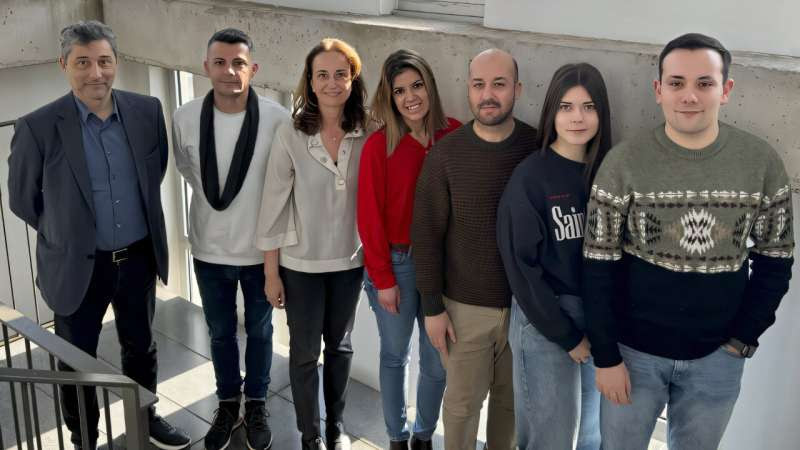
The Potential of Gene Therapy
A new genetic therapy for a rare, but serious, disease was just tested. External DNA was introduced into mice afflicted with genetically caused movement problems in an attempt to treat the underlying cause and reverse symptoms. The treatment was highly effective, and shows great promise in treating the disease even after symptom onset. The disease being…
-
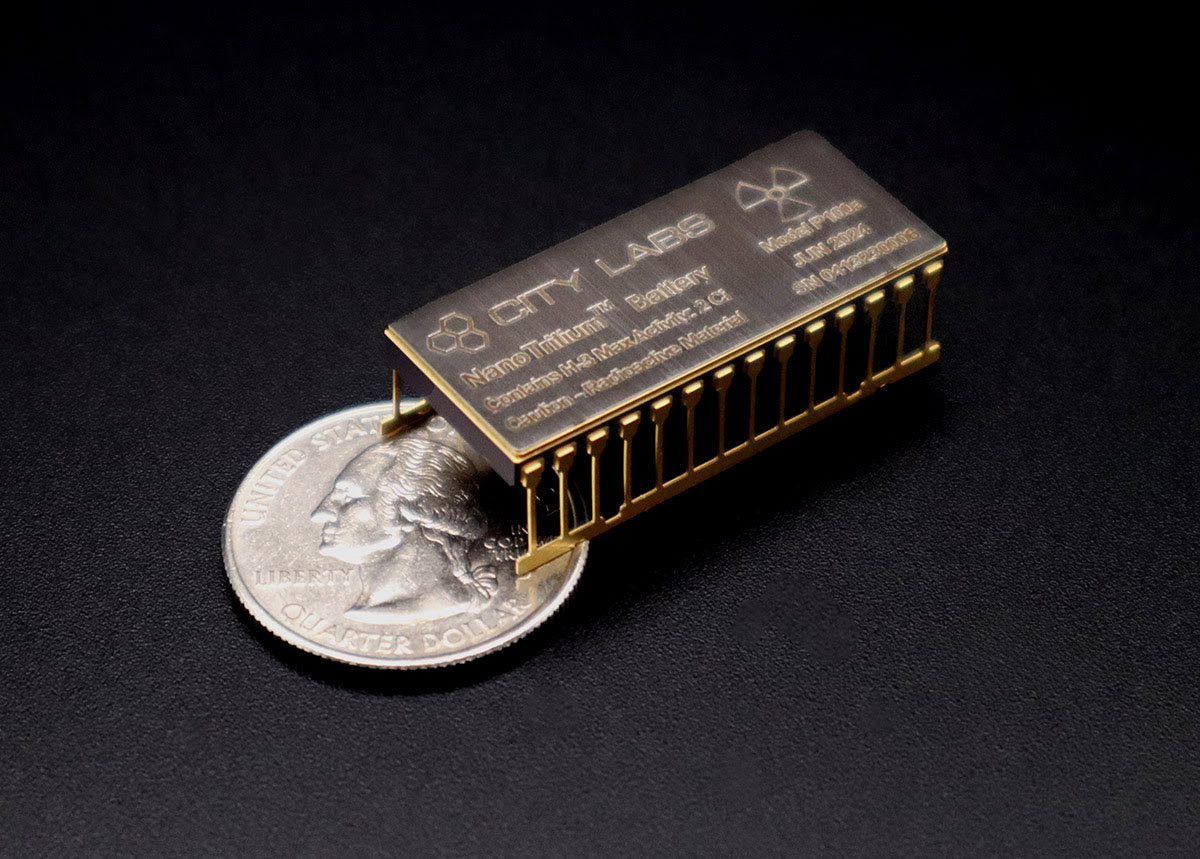
Going Nuclear
Science marches ever forward, and right now one technology in particular is rapidly being improved: the nuclear battery. This power source, while it’s currently of only limited use, offers strong possibilities for the future, with the potential for long-lasting, environmentally friendly energy storage. When we think of batteries, we generally imagine dry cell (AA) or perhaps cell-phone batteries. These are standard batteries,…